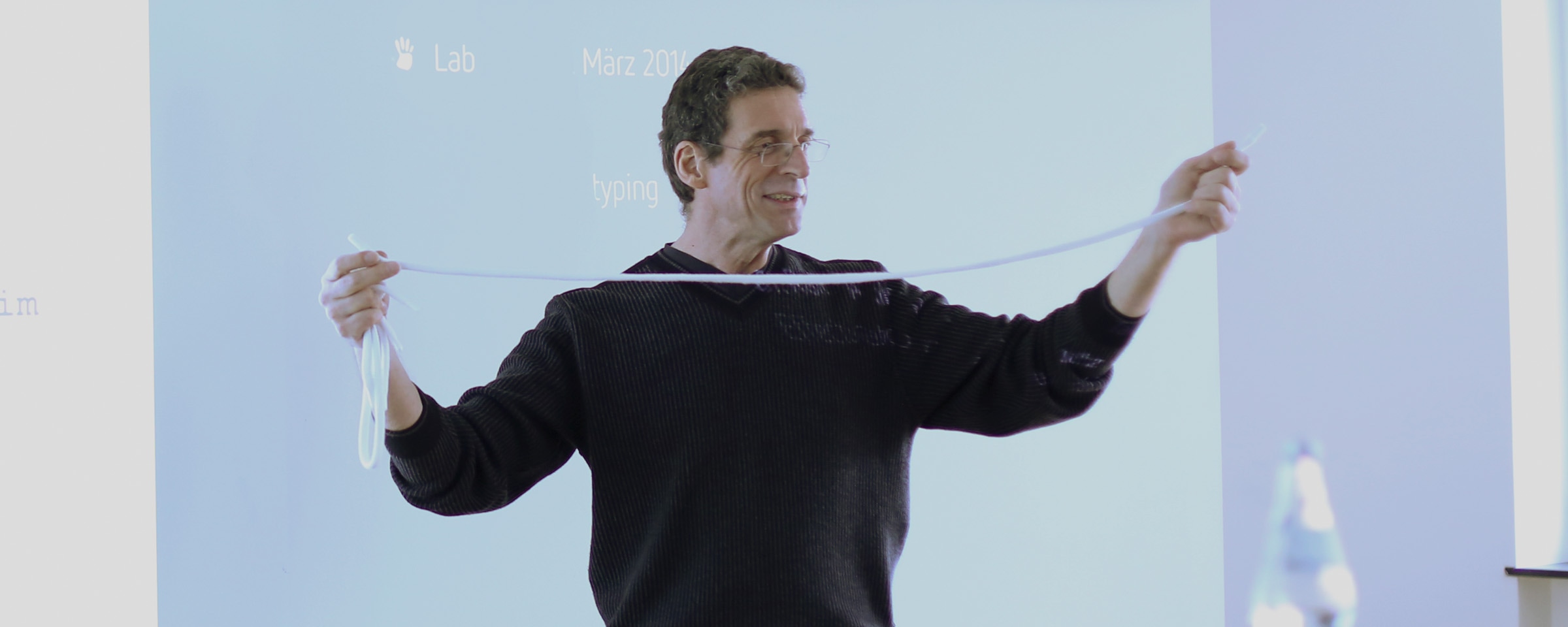
 Markus Turber
Markus Turber

29.03.2014
Lab Talk: Ralf Allrutz on Pretotyping
Ralf Allrutz has a background in astrophysics. After receiving his PhD from Universiät Tübingen he co-founded science + computing in 1989, which was acquired two decades later by Bull. Besides his function as member of the supervisory board he is coaching startups and works as a consultant and trainer on the topics of pretotyping and effectuation. Last week Ralf visited us in our Stuttgart office and gave an interesting talk about “Pretotyping”.
“Pretotyping” is a method for gaining speed in evaluating ideas. Testing more ideas in less time means that we can foster the probability of identifying the innovation sweet spot. The goal is to find “the right it” before building “it right”. The concept is based on the works of Alberto Savoia, who formed the term “Pretotyping”.
Ralf gave us a quick overview of pretotyping techniques like the mechanical turk approach, which saved IBM huge R&D investments for a speech-to-text development decades ago. IBM simply faked the software by hiring somebody to sit in the next room and manually type in what “users” spoke in a microphone. Although the quality of the fake-speech-to-text service was ways better than software could reach at that time, the acceptance was very low. Knowing this, IBM saved millions and put the resources into other interesting stuff. So pretotyping is basicly not preventing us from failure but speeding up the process. This helps to learn faster and at the same time saves time and resources.
Besides the mechanical turk, there are other patterns for pretotypes:
- Pinocchio: A function-less (wood) model, to test the desirability and form factor
- Minimum viable product: Only the core features are implemented and tested
- One-night-stand: Testing a proposition only for a short period in a small area.
- Re-label: Using an existing product which is similar to your idea with your “label”
- False entry: Teasing a product that doesn’t exist to find out about resonance or price acceptance
- Provincial: a cost efficient test of service- or business models in a very limited market/audience
The ebook “Pretotype it” from Alberto Savoia can be downloaded in English or German (Translation by Ralf Allrutz)
Links: